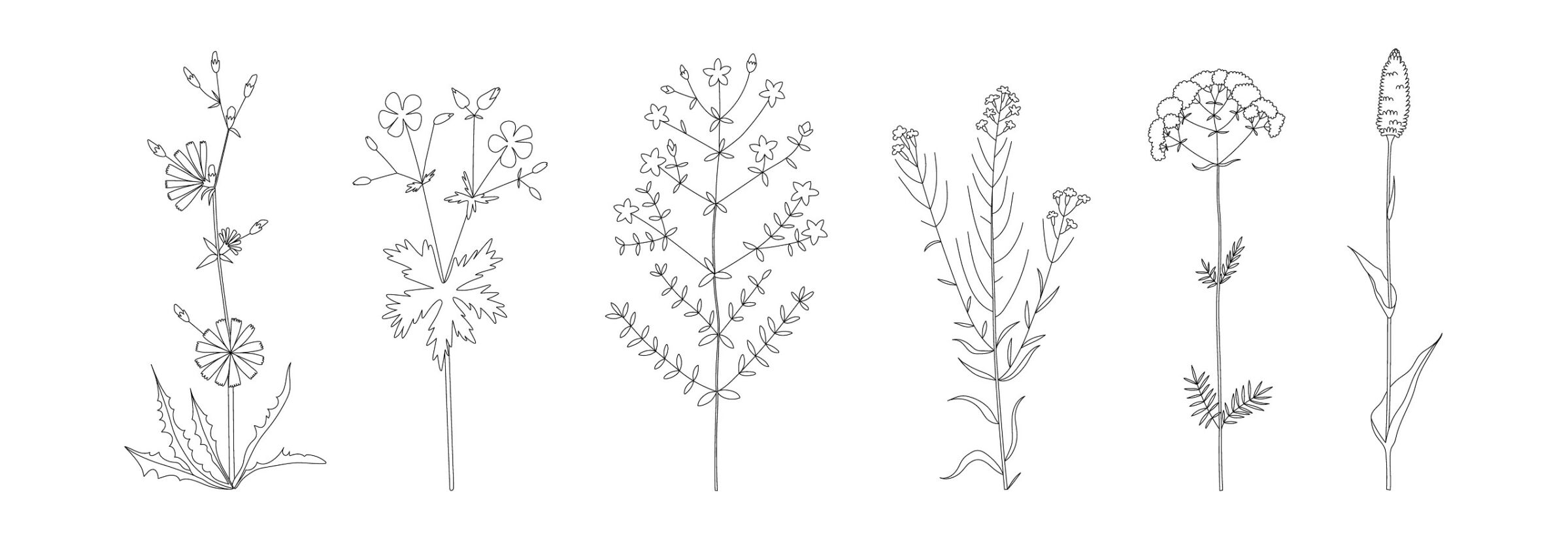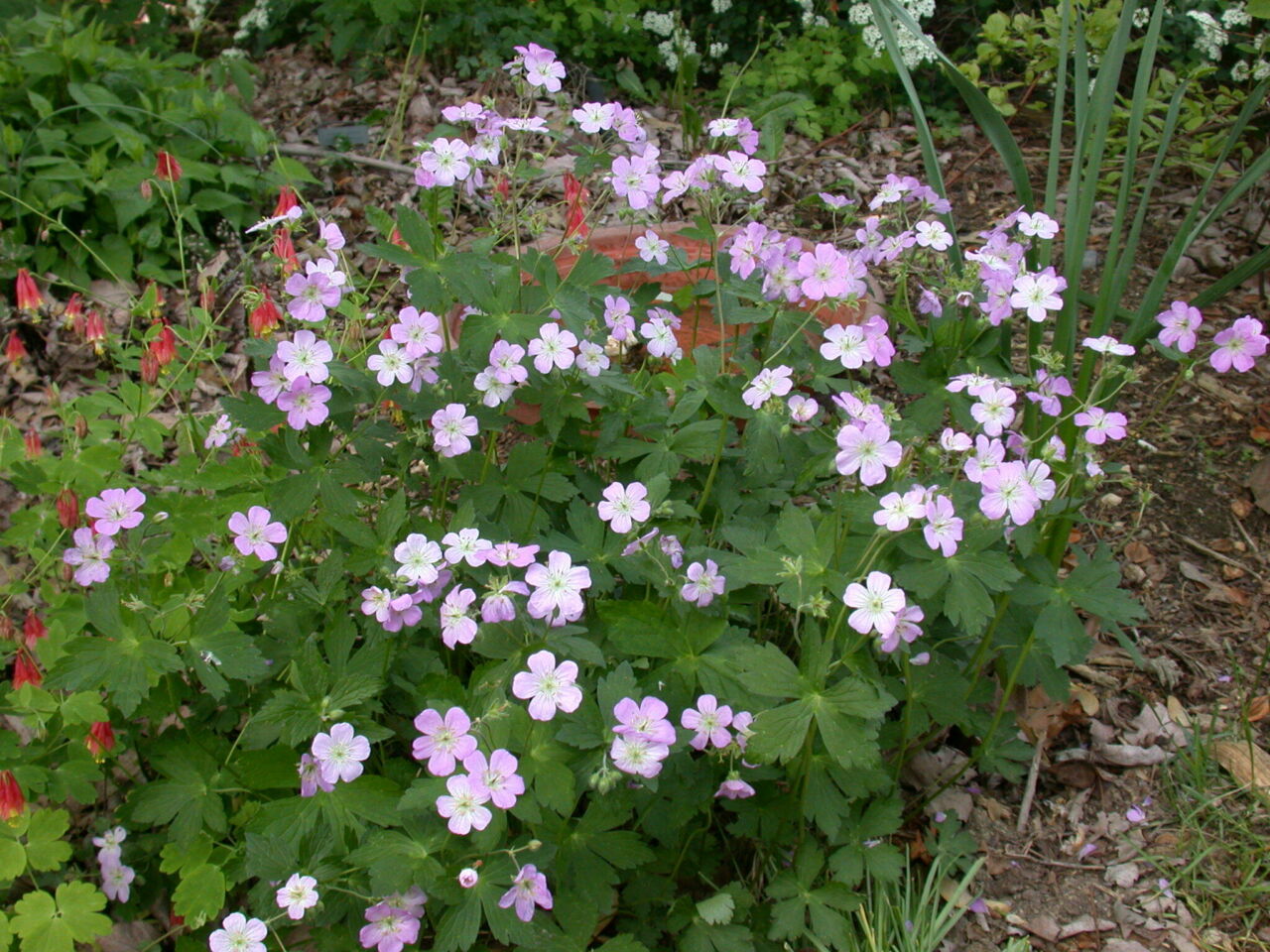
Provide Food Sources
Provide pollen and nectar sources from early spring to late fall by incorporating a variety of plants with different flower shapes and sizes and overlapping bloom times as well as host plants for pollinator larvae.

15
Early Season Plants: At least 3 different species of native herbaceous perennials that bloom in March-April. Plant at least five of each species.
15
Mid Season Plants: At least 3 different species of native herbaceous perennials that bloom in June-August. Plant at least five of each species.
15
Late Season Plants: At least 3 different species of native herbaceous perennials that bloom in September-October. Plant at least five of each species.
4
At least four different kinds of native trees and/or shrubs. Native options are well adapted to their environment, benefit the local ecosystem, and require little care after they become established.
3
Three different native larval host plants. Without host plants for butterfly larvae (caterpillars) there will be no butterflies! Many butterfly larvae can only feed on plants from one or two plant families.
Native plants are the heart of a pollinator friendly garden.
- Research shows that native plants are 4 times more attractive to pollinators than non-natives. Planting native species will supply pollinators with the nutrition they need to thrive.
- 90% of native insects (like butterfly caterpillars) can only eat plants they have co-evolved with for thousands of years.
- Native plants are well adapted to survive in a particular geographic area according to the climate, soils, rainfall and availability of pollinators and seed dispersers.
- Because they are indigenous to a specific region, they usually require little to no fertilizers and pesticides and are welcomed by wildlife, serving an important role in the local ecosystem.

Refer to the botanical name when selecting plants.
Many non-native plants go by the same common names. (Columbine and wild geranium are two examples.) To ensure you have the right species, look at the botanical name on the plant tag. Straight species are preferred because cultivars and hybrids may be altered to be sterile and no longer helpful for pollinators.

